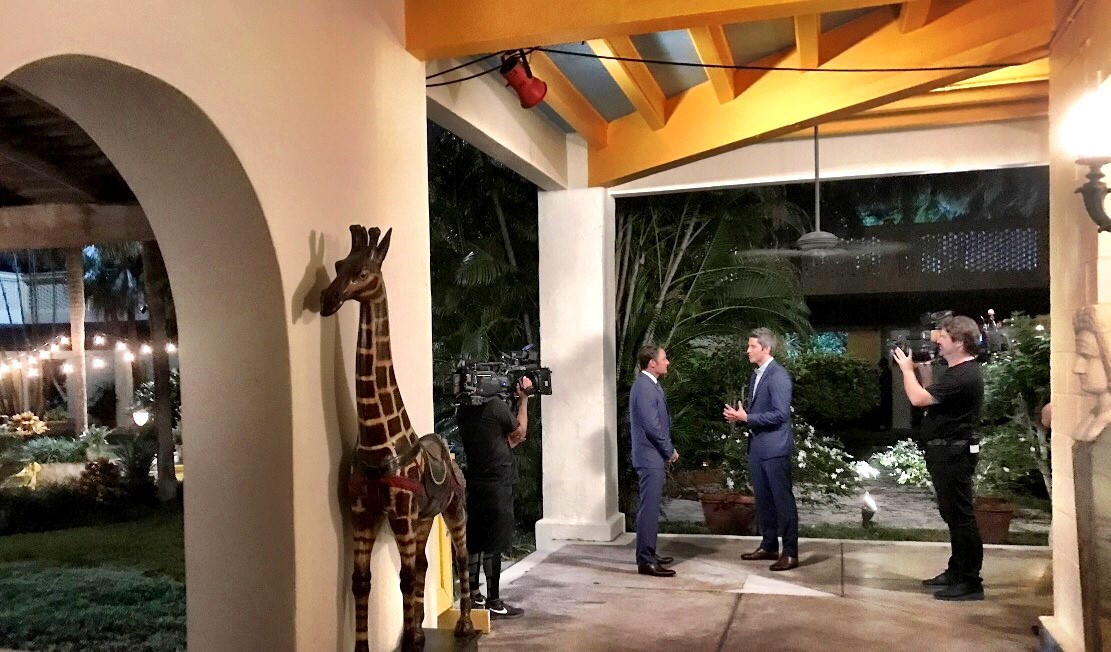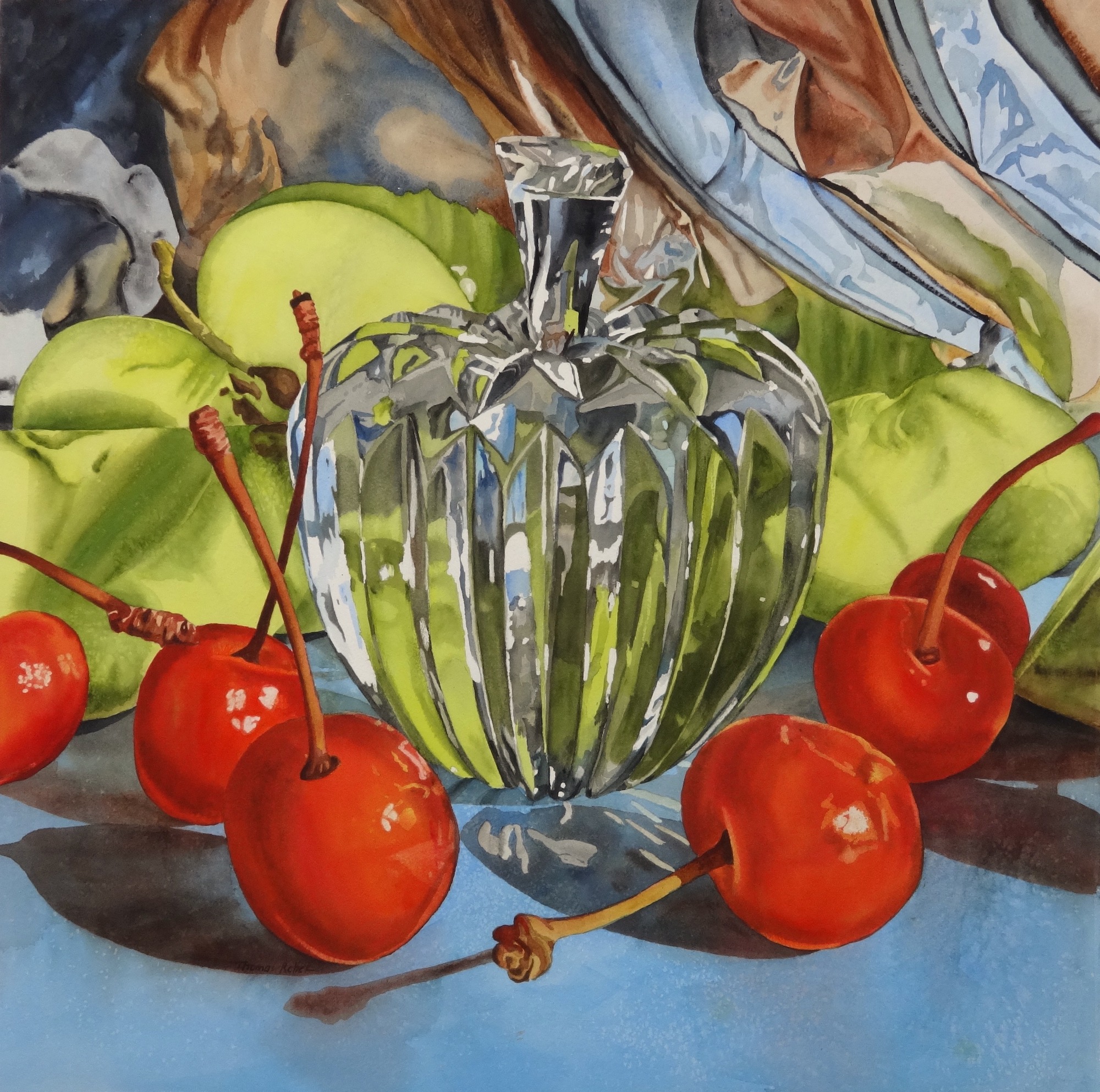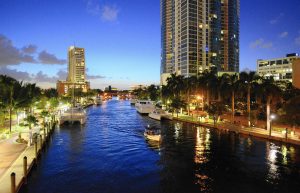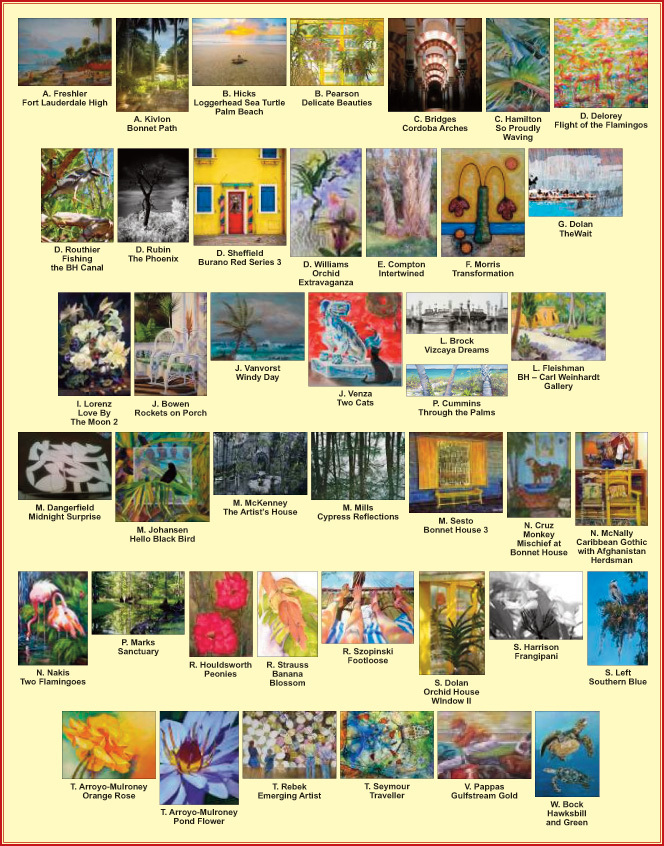
The Bonnet House property was purchased in 1895 by Hugh Taylor Birch. While the property had already experienced over 4,000 years of Florida history at the time it was purchased, the state of Florida looked nothing like it does today. Although much time has passed, the Bonnet House property still encompasses one of the last examples in South Florida of a native barrier island habitat. We are fortunate to be one of the few places in Florida to include five distinct ecosystems and an abundance of native plants and wildlife.
These five unique ecosystems include the Atlantic Ocean beach and primary dune, a freshwater slough, the secondary dune which includes the house site, mangrove wetlands, and a maritime forest. To complement the natural vegetation, the grounds also contain a Desert Garden composed of arid plantings, a hibiscus garden, and the main courtyard planted with tropical vegetation.
Our stunning variety of tropical vegetation includes but is not limited to mangroves, saw palmetto, blue porterweed, wild coffee, bougainvillea, and plumeria. Bonnet House also showcases various blooming examples of orchids in our greenhouses and throughout the estate all year round.
If you are interested in learning more about our fascinating ecosystems, and specific plant varieties, we encourage you to participate in our Education Programs . Our Educational Programming enlivens our mission statement and supports Florida’s B.E.S.T. Standards by offering onsite classes, field trips, and virtual lessons in Florida history, nature, art, and design.
These programs:
● Integrate character education
● Involve hands-on activities
● Provide various choices of curriculum enrichment
● Conform to the National Trust for Historic Preservation curriculum guidelines
Here at Bonnet House Museum & Gardens, we pride ourselves on providing unique and interesting opportunities for our guests to learn more about our estate, its owners, and Florida’s beautiful ecosystems. But none of this would be possible without our passionate and engaging volunteers. These dedicated individuals help us to educate guests, and care for our many species of plants. Our volunteers are truly the heart and soul of Bonnet House and they make all of our goals come to fruition.
Whether it’s everyday operations, special evening events, or gardening, Bonnet House couldn’t operate as it does without our team of volunteers. Volunteers have a variety of different opportunities to serve at Bonnet House. If you have any questions or wish to join our team of volunteers at Bonnet House Museum & Gardens, please call (954) 703-2606 or click here.
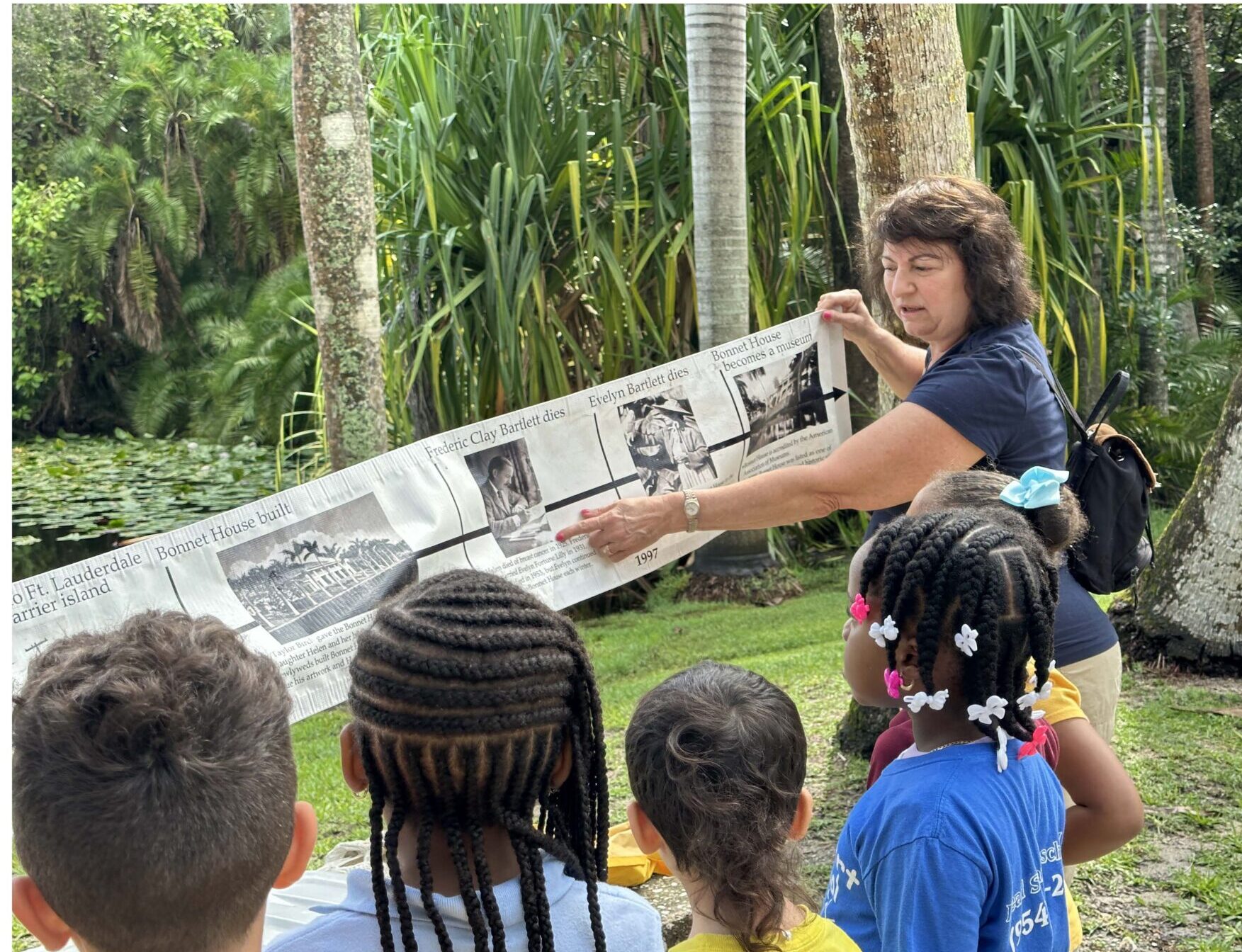
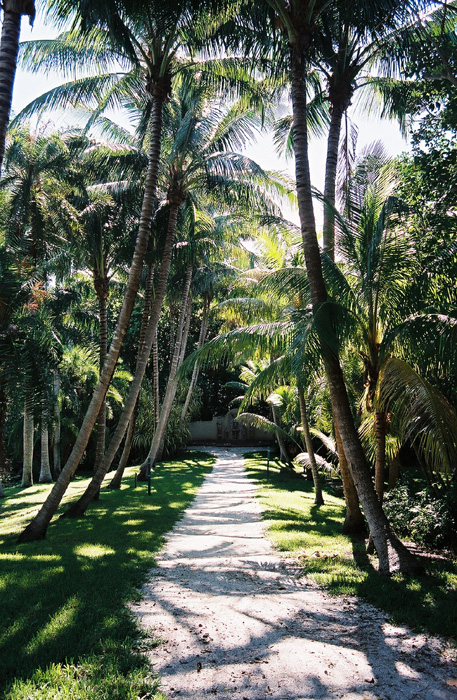
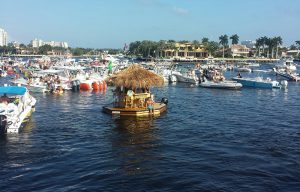 Bonnet House Museum & Gardens and Kelly’s Landing Seafood Restaurant present Cruisin’ Down the River. Take a boat ride with Bonnet House down the New River Saturday, July 21, 2018 at 5:00 p.m on the famous
Bonnet House Museum & Gardens and Kelly’s Landing Seafood Restaurant present Cruisin’ Down the River. Take a boat ride with Bonnet House down the New River Saturday, July 21, 2018 at 5:00 p.m on the famous  The most unique floors in all of Bonnet House Estate, however, are the Ojus [Oi-yo] tiles found in the Drawing Room and the Shell Museum. The tiles were named after the Ojus Rock Company quarry that was opened after the turn of the last century. The techniques used to make the tiles was imported from the Mediterranean long before Florida became a state. Each tile can be unique in size, shape and color, as you may notice in the Shell Museum. Unlike the thin walled, but highly decorative glazed tiles, Ojus tiles are thick and heavy, and are sun-dried rather than kiln-dried, making it easier to produce needed quantities.
The most unique floors in all of Bonnet House Estate, however, are the Ojus [Oi-yo] tiles found in the Drawing Room and the Shell Museum. The tiles were named after the Ojus Rock Company quarry that was opened after the turn of the last century. The techniques used to make the tiles was imported from the Mediterranean long before Florida became a state. Each tile can be unique in size, shape and color, as you may notice in the Shell Museum. Unlike the thin walled, but highly decorative glazed tiles, Ojus tiles are thick and heavy, and are sun-dried rather than kiln-dried, making it easier to produce needed quantities.